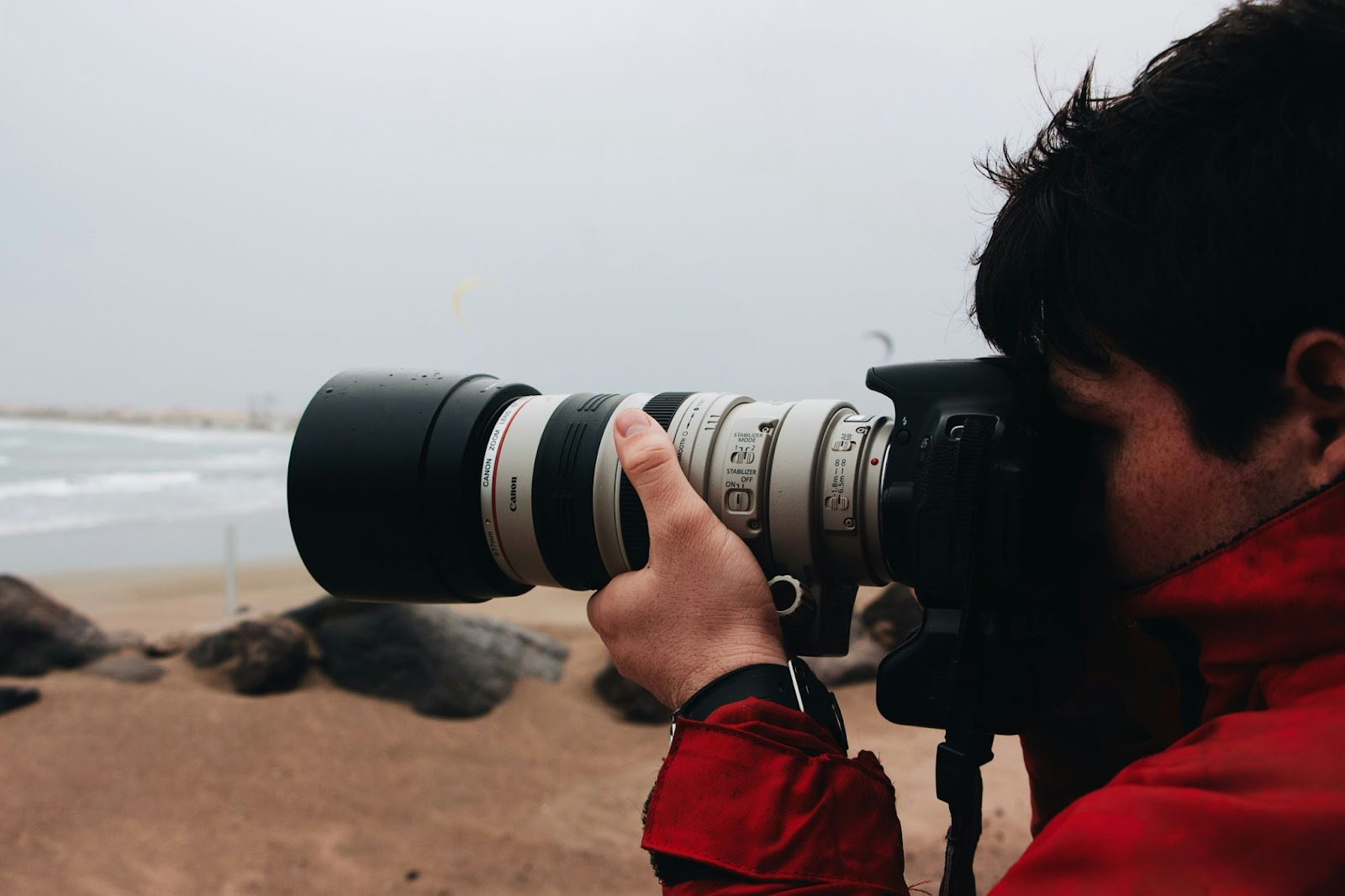
Welcome to the enthralling world of wildlife photography, where each click can tell a story of untamed beauty. If you’re an aspiring wildlife photographer, you’re about to embark on an incredible journey of discovery. This comprehensive guide will not only help you choose the best camera for wildlife photography but will also cover essential lenses, techniques, locations, and gear for all your wildlife adventures.
Table of Contents:
Choosing the Right Camera for the Wild
Lenses that Bring Wildlife Closer
Techniques for Safety and Stunning Shots
Exploring Wildlife Photography Locations in the US
Must-Have Gear for Wildlife Photographers
Camera Settings for the Wild
The Wild Awaits: Applying Your Knowledge in the Field
Choosing the Right Camera for the Wild
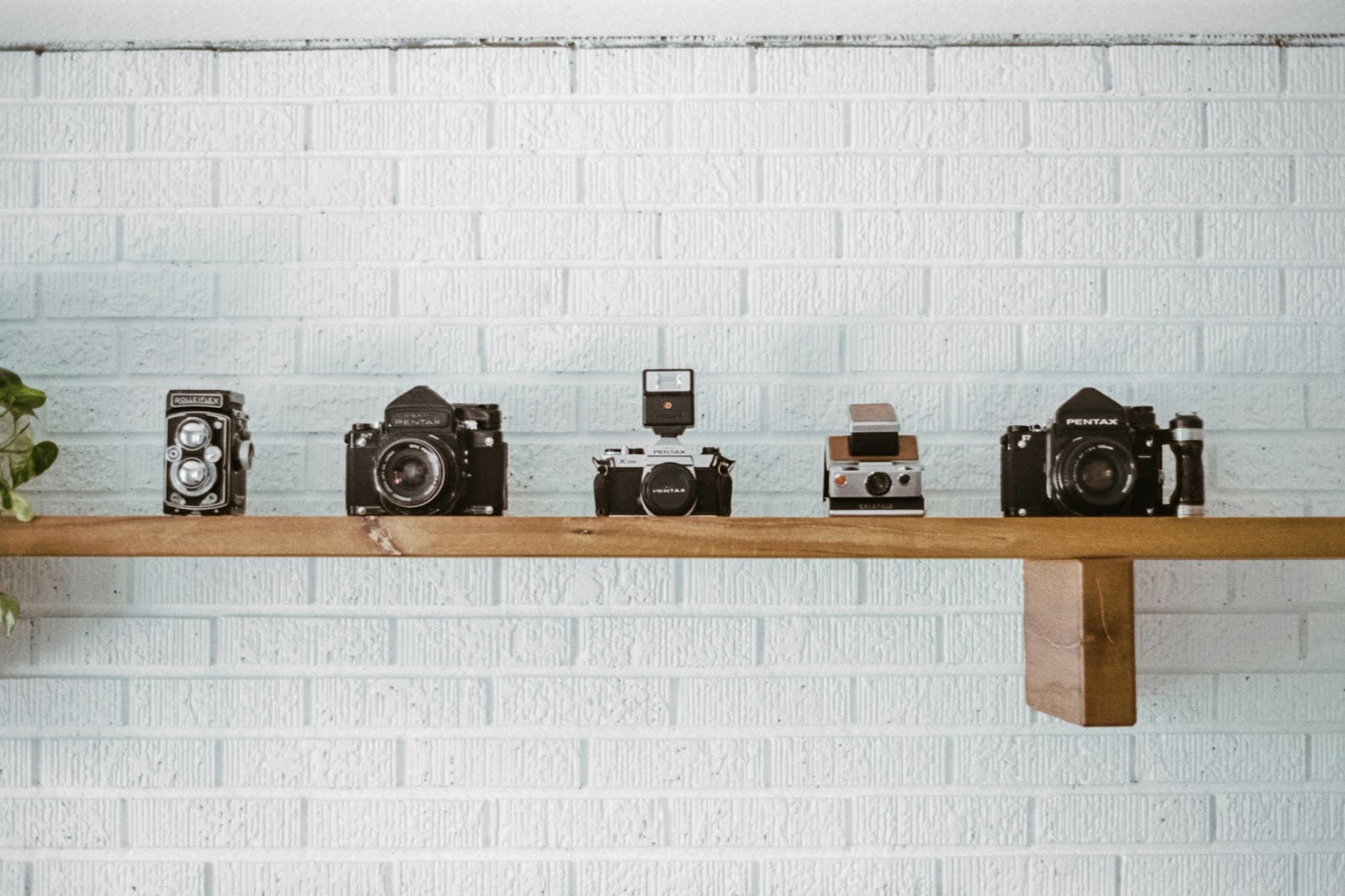
1 Understanding Wildlife Photography Cameras: A Detailed Overview:
Essentials for Wildlife Photography: The sensor, analogous to film, comes in full-frame for optimal low-light performance, capturing nuanced details during dawn or dusk. Balancing megapixels ensures practical detail without overwhelming file sizes. Autofocus, reliant on sensors and advanced algorithms, is crucial for swift captures in dynamic wildlife scenarios. Robust systems with multiple focus points, like phase-detection, are vital for precision. In the wild, understanding these nuances transforms your camera into a conduit, connecting you to nature’s fleeting moments with enhanced clarity and artistry.
2 Factors to Consider: Autofocus Speed, Burst Rate, and Low-Light Performance:
Understanding what the best camera for wildlife photography has built-in is paramount. Autofocus speed becomes the linchpin for crisp shots, allowing you to seize fleeting moments with precision. Burst rates, capturing dynamic sequences in rapid succession, are a hallmark of superior cameras, ensuring you don’t miss a beat in the wild. Low-light performance emerges as a game-changer, particularly during dawn and dusk when the magic of wildlife unfolds in subtle hues. In this realm, your camera’s capabilities are not just features but tools that elevate your photographic prowess in the heart of nature’s theater.
3 In-Depth Comparison: DSLR vs. Mirrorless for Wildlife Photography:
Delve into the ongoing DSLR vs. mirrorless debate, evaluating the strengths and weaknesses of each for wildlife photography. Consider factors such as size, battery life, and evolving technology. Whether opting for the robustness of DSLRs or the nimbleness of mirrorless cameras, make an informed decision aligned with your preferences and shooting style, ensuring your chosen tool meets the demands of capturing the wild.
Lenses that Bring Wildlife Closer
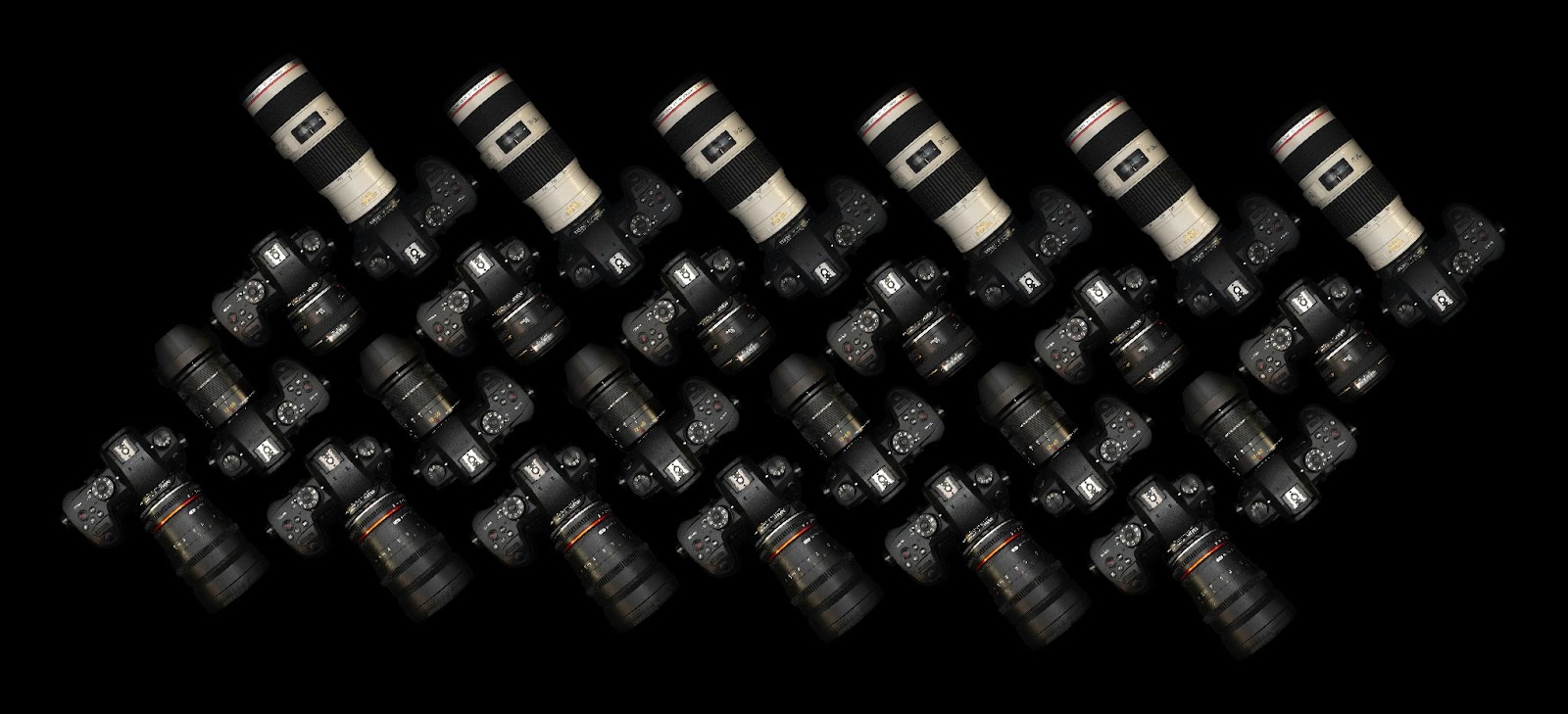
1. The Art of Lens Selection: From Wide-Angle to Telephoto:
Embarking on your wildlife photography journey requires a nuanced understanding of lens selection. Wide-angle lenses, with focal lengths below 35mm, excel in capturing sweeping landscapes, ideal for expansive habitats or group shots of animals in their natural environments. Telephoto lenses, on the other hand, with focal lengths exceeding 70mm, bring distant subjects into sharp focus, making them essential for photographing elusive creatures without disturbing their habitats. For instance, a wide-angle lens might be perfect for a shot capturing the vastness of a savannah, while a telephoto lens is indispensable for detailed shots of a perched bird or a distant mammal.
2. Decoding Focal Lengths: A Practical Guide for Wildlife Photographers:
Understanding focal lengths is key to adapting to diverse wildlife scenarios. In dense forests, where visibility is limited, a mid-range focal length (around 70-200mm) allows you to capture intimate details without compromising on maneuverability. In open plains or expansive landscapes, a longer focal length (200mm and above) helps bring distant subjects closer. For instance, when photographing a herd of animals in a dense forest, a mid-range focal length can help you isolate individual subjects without losing the broader context.
3. Aperture Magic: Controlling Depth of Field in Wildlife Shots:
Mastering aperture settings enhances the artistic quality of your wildlife shots. In scenarios where you want to isolate your subject from the background – such as photographing a single animal in a field – using a wide aperture (low f-number like f/2.8 or f/4) creates a shallow depth of field, blurring the background and emphasizing the subject. On the other hand, a narrow aperture (higher f-number like f/8 or f/11) is useful when you want to capture the entire scene in sharp focus, such as in bird photography where you want both the bird and its surroundings to be crystal clear.
4. Specialized Lenses: Macro, Super-Telephoto, and Image Stabilization:
Specialized lenses open up new dimensions in wildlife photography. Macro lenses, with their high magnification, are ideal for capturing intricate details of small creatures like insects or flora. Super-telephoto lenses (300mm and above) are indispensable for photographing skittish or distant subjects, like birds in flight or elusive predators. Image stabilization becomes crucial when handholding your camera, especially in situations where using a tripod is impractical, allowing you to capture sharp images even in challenging conditions like low light or while on the move in a safari vehicle.
By understanding the practical applications of each lens type and their associated features, you can strategically choose the right equipment for various wildlife photography scenarios, elevating the quality and impact of your shots.
Techniques for Safety and Stunning Shots
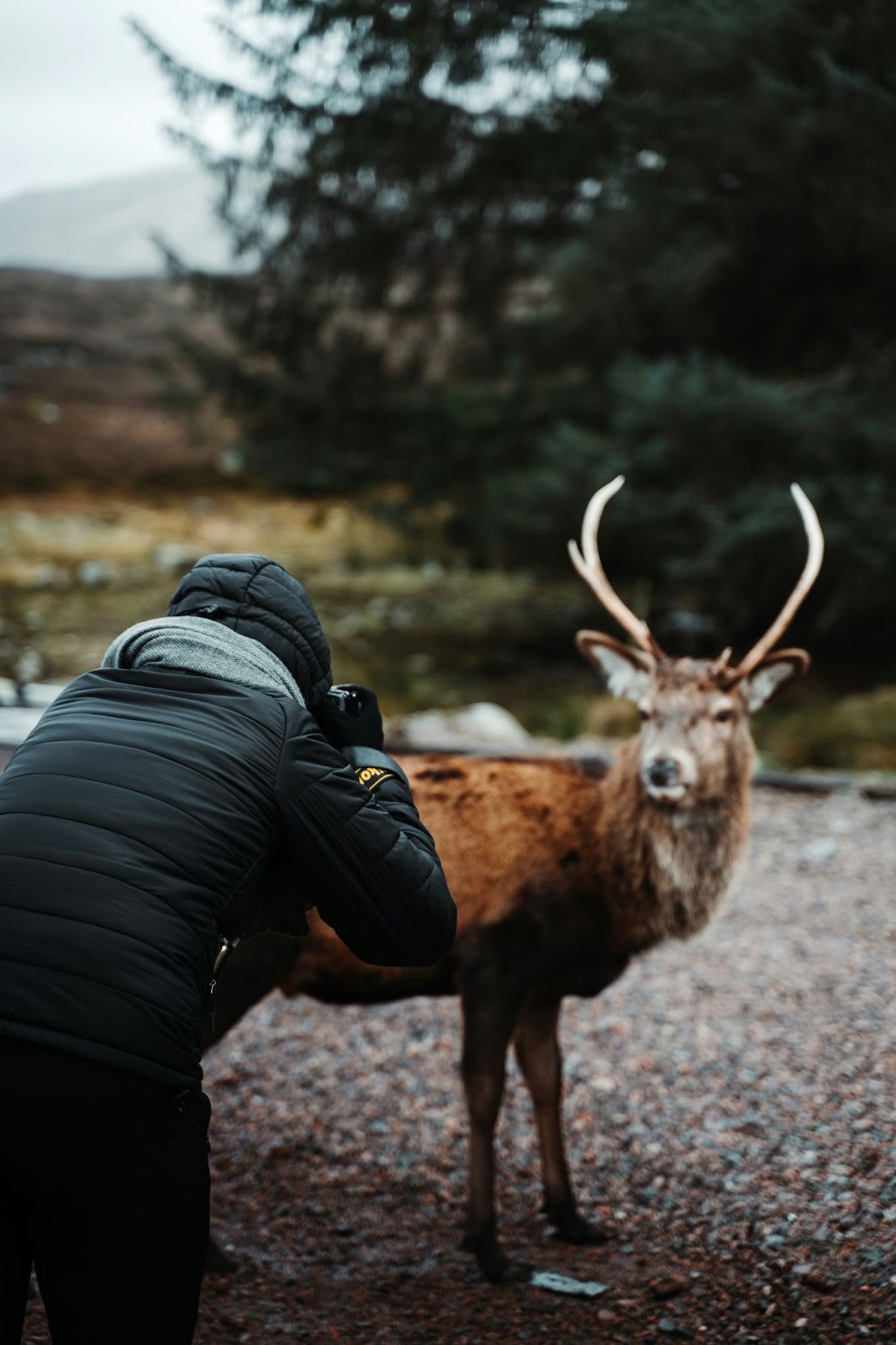
1. Mastering the Art of Camouflage: Blending into the Wild
Achieving seamless integration into your natural surroundings is paramount for capturing wildlife undisturbed. Opt for clothing with muted, earthy tones that match the environment and invest in accessories like camouflage nets to break up your outline. Utilize techniques such as applying natural elements like mud to your clothing for added concealment. This not only ensures your safety by avoiding alarming the wildlife but also enhances your ability to witness and photograph natural behaviors up close.
2. Patience Pays Off: Understanding Animal Behavior for Perfect Shots
Developing a deep understanding of animal behavior is the cornerstone of successful wildlife photography. Take time to observe and learn the nuances of your subjects. For instance, understanding migratory patterns allows you to anticipate when and where certain species might appear. Patience, often tested during long waits, pays off when you capture a rare behavior or genuine expression. By immersing yourself in the language of wildlife, your photographs tell stories that resonate with viewers, offering a window into the fascinating world you’ve observed.
3. Ethical Wildlife Photography: Respecting the Wild and Its Inhabitants
Being a responsible wildlife photographer extends beyond capturing compelling shots. Adhering to ethical practices ensures both the safety of the animals and the preservation of their habitats. Maintain a safe distance to avoid causing stress, especially during critical times like nesting or feeding. Consider using longer lenses to keep a respectful distance. Being an unobtrusive observer allows your presence to contribute positively to the conservation of these ecosystems. Remember, the goal is not just a stunning image but the coexistence of wildlife and their environment.
4. Advanced Techniques: Panning, Tracking, and Creative Compositions
Elevating your wildlife photography involves mastering advanced techniques that add flair and dynamism to your shots. Panning, following a moving subject while maintaining focus, is excellent for conveying speed and energy, especially when photographing birds in flight or running animals. Tracking involves locking onto a subject and maintaining focus as it moves, crucial for capturing the precision of a predator’s hunt. Experiment with creative compositions by utilizing natural elements like trees or rocks to frame your subjects, adding context and depth to your images. These techniques not only showcase your technical prowess but also make your photographs stand out in the competitive world of wildlife photography, telling stories beyond the immediate subject.
Exploring Wildlife Photography Locations in the US
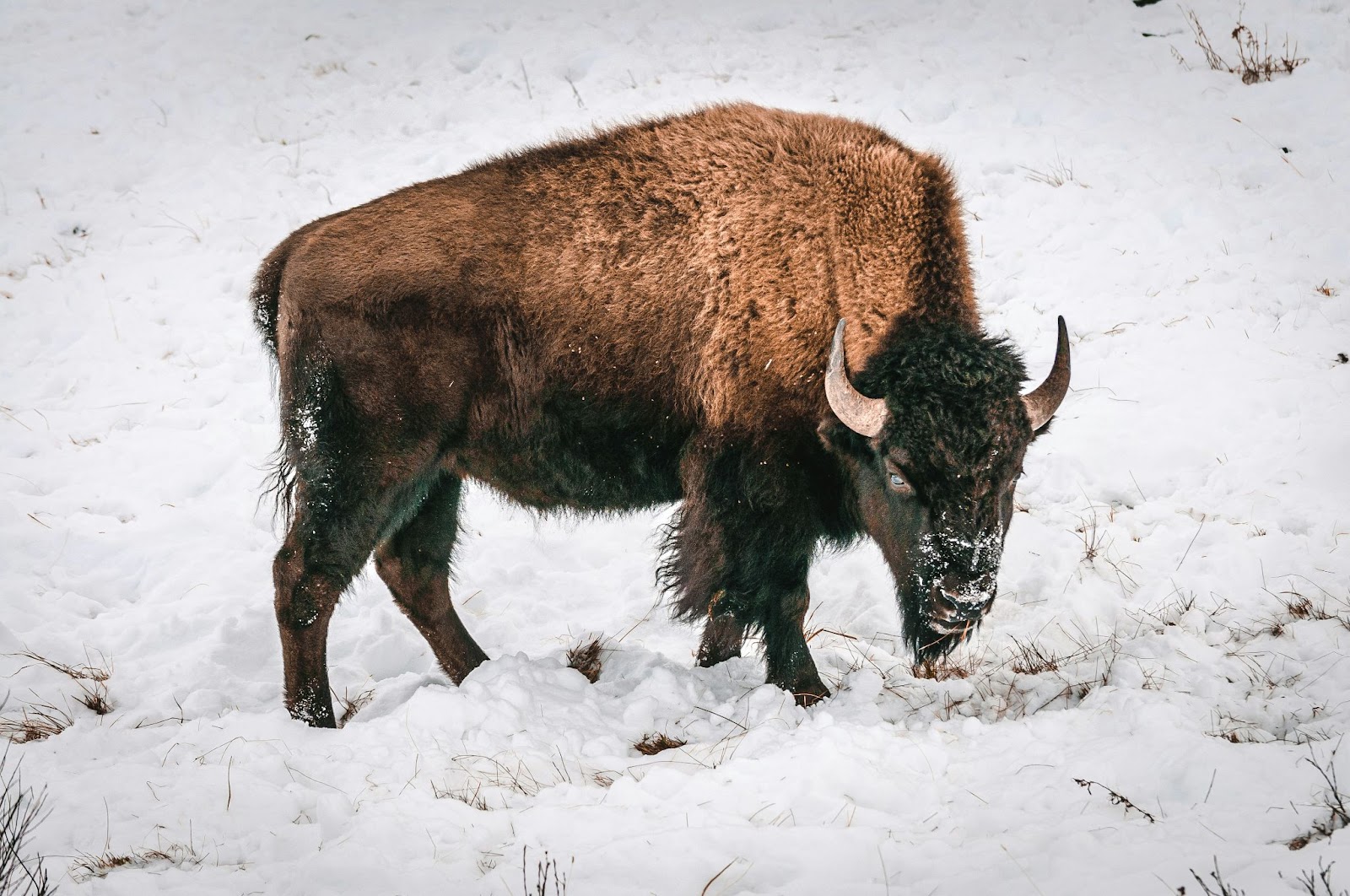
1. Coastal Wonders: Wildlife Photography on the Eastern Seaboard
Embark on a visual feast along the Eastern Seaboard, where diverse ecosystems beckon your lens. From the enchanting marshlands of the Carolinas to the rugged shores of Maine, each location offers unique opportunities for wildlife photography. Capture the grace of seabirds, the majesty of marine life, and the breathtaking vistas of coastal landscapes. Visit during the nesting season for seabirds to witness lively colonies or opt for the dramatic lighting during sunrise and sunset for stunning silhouettes against the ocean horizon.
2. Rocky Mountains to Desert Canyons: The West’s Diverse Wildlife
The western United States unfolds as a canvas of wildlife and landscapes, ranging from the towering peaks of the Rocky Mountains to the expansive deserts of the Southwest. In the Rockies, witness the grandeur of elk and bighorn sheep against a mountainous backdrop. In the desert canyons, explore the elusive world of creatures adapted to arid environments. Consider photographing during the golden hours, capturing the warm hues that illuminate the wildlife against the iconic mountainous and canyon scenery.
3. The Midwest: A Haven for Birdwatchers and Unique Ecosystems
Journey into the heart of America, where the Midwest’s diverse ecosystems create a haven for birdwatchers and wildlife enthusiasts. Along the Great Lakes, seize opportunities to photograph migratory birds against the backdrop of expansive water bodies. Explore the prairies, capturing the unique flora and fauna that define the Midwest’s rich tapestry. Spring and fall migrations offer peak times for bird photography, with a burst of activity and vibrant colors.
4. Southern Charms: Wetlands, Swamps, and the Gulf Coast
Discover the allure of the Southern United States, where wetlands, swamps, and the Gulf Coast invite exploration. Navigate intricate waterways for intimate encounters with elusive creatures such as alligators and migratory birds. Consider visiting during the nesting season for wading birds, capturing the intricate rituals of courtship and nest-building. The Southern charm extends to captivating sunsets over the Gulf Coast, providing a picturesque backdrop for your wildlife photography endeavors.
These regions not only offer breathtaking landscapes and diverse wildlife but also present specific opportunities tied to seasonal changes and unique ecological events. Whether it’s capturing the drama of migration, the intimacy of nesting, or the adaptability of creatures in arid landscapes, each location holds its own charm for wildlife photographers seeking memorable shots.
Must-Have Gear for Wildlife Photographers

1. Sturdy Foundations: Choosing the Right Tripod for Wildlife Photography:
A reliable tripod is a linchpin for wildlife photographers, providing stability for those critical shots that demand precision and clarity. When selecting a tripod, opt for lightweight materials for easy portability, crucial for navigating diverse terrains. Consider a sturdy build that can withstand the rigors of outdoor conditions, ensuring durability over time. Adjustable legs and quick-release mechanisms add flexibility, allowing you to adapt swiftly to varying shooting angles in the field. Imagine capturing the majesty of a bird in flight or the subtle movements of a nocturnal creature with the unwavering support of your tripod.
2. Weatherproofing Your Equipment: Protecting Gear in Harsh Conditions:
Nature’s unpredictability is a constant companion in wildlife photography, making weatherproofing paramount. Invest in camera bodies and lenses with robust weather-sealing to shield against rain, dust, and humidity. Picture a scenario where you’re capturing the elegance of a waterfall or the mesmerizing dance of rain-soaked flora. Don’t forget essential accessories like lens hoods and rain covers for added protection. These simple additions can make a significant difference in preserving your equipment’s longevity and functionality, ensuring optimal performance even in the harshest environments.
3. Health Essentials: Clothing, Bug Repellent, and First Aid for Wilderness Explorers:
Venturing into remote areas for the perfect shot requires meticulous preparation for your well-being. Dress in layers to adapt to changing weather conditions, be it the crisp air of early mornings or the warmth of midday sun. Insect repellent becomes a crucial shield against unwelcome visitors, allowing you to focus on your subjects rather than the buzzing distractions. Always carry a basic first aid kit, including essentials like bandages and antiseptic wipes. Imagine navigating through dense foliage or traversing uneven terrains; being equipped with health essentials ensures your safety and allows you to immerse yourself fully in the wild without worry.
4. Portable Power: Tips for Extended Expeditions and Remote Locations:
Extended expeditions into the heart of nature demand reliable power solutions to keep your gear operational. Invest in portable power banks and solar chargers, envisioning scenarios where your camera batteries, smartphones, and other devices need a quick charge. Picture a breathtaking sunset over a remote landscape; being connected in the wilderness allows you to share these moments with the world. Don’t let dead batteries hinder your exploration. Instead, harness the power of portable solutions to ensure you never miss capturing the magic of the wild, even in the most remote locations.
Camera Settings for the Wild

1. Quick and Ready: Optimal Camera Settings for Wildlife Encounters:
In the heart of wildlife encounters, swift and efficient camera settings are your key to capturing the essence of the wild. Start with your aperture, the opening through which light enters the camera, impacting depth of field. In scenarios where you want a blurred background, opt for wider apertures (lower f-numbers). Shutter speed determines how quickly the camera shutter opens and closes – crucial for freezing fast movement or adding intentional motion blur. For wildlife in action, aim for a faster shutter speed. ISO, your camera’s sensitivity to light, comes into play in low-light conditions. A higher ISO brightens your image but can introduce graininess, so find the balance that suits your scenario.
2. Shooting in Challenging Conditions: Rain, Snow, and Low-Light:
Nature’s unpredictability often throws challenges your way, demanding adaptability in your camera settings. In rainy or snowy conditions, consider a higher shutter speed to freeze raindrops or snowflakes. Exposure compensation helps maintain proper exposure, preventing your images from looking too dark or too bright. Utilize lens hoods to shield your lens from rain, minimizing lens flare caused by water droplets. When facing low-light situations during dawn or dusk, gradually increase your ISO while keeping an eye on noise levels. Experiment with settings to embrace the challenge, turning adverse weather into an opportunity for unique and atmospheric shots.
3. Customizing Your Camera: Creating Personal Presets for Wildlife Photography:
Tailoring your camera settings to specific wildlife scenarios is a game-changer. For fast-action shots, set a higher shutter speed to freeze motion. In low-light conditions, adjust your aperture and ISO accordingly. When dealing with specific subjects, such as birds in flight or animals in dense foliage, having preset configurations at your fingertips ensures you’re ready for the moment. For example, pre-configuring a ‘Bird in Flight’ preset might involve a high shutter speed and a wider aperture. Experiment with custom settings, fine-tuning them based on your unique shooting preferences, and watch how personalized presets transform your wildlife photography workflow.
4. Post-Processing: Elevating Wildlife Photos with Artistry and Authenticity:
Post-processing serves as the canvas for your wildlife images, enhancing colors, sharpening details, and balancing exposure. Use vibrance and saturation adjustments to bring out the natural palette, striking a delicate balance in sharpening details to emphasize textures. Employ graduated filters and adjustment brushes selectively to maintain authenticity. The aim is not to manipulate but to accentuate the inherent beauty, creating captivating images that resonate authentically with your audience.
The Wild Awaits: Applying Your Knowledge in the Field
Congratulations on reaching the end of this extensive guide to wildlife photography! Armed with knowledge about the best cameras, lenses, techniques, locations, and essential gear, you’re now equipped to embark on a fulfilling journey into the wild. Remember, wildlife photography is not just about capturing images; it’s about preserving the beauty and majesty of our natural world. For more information about photography, check out my other blog posts.